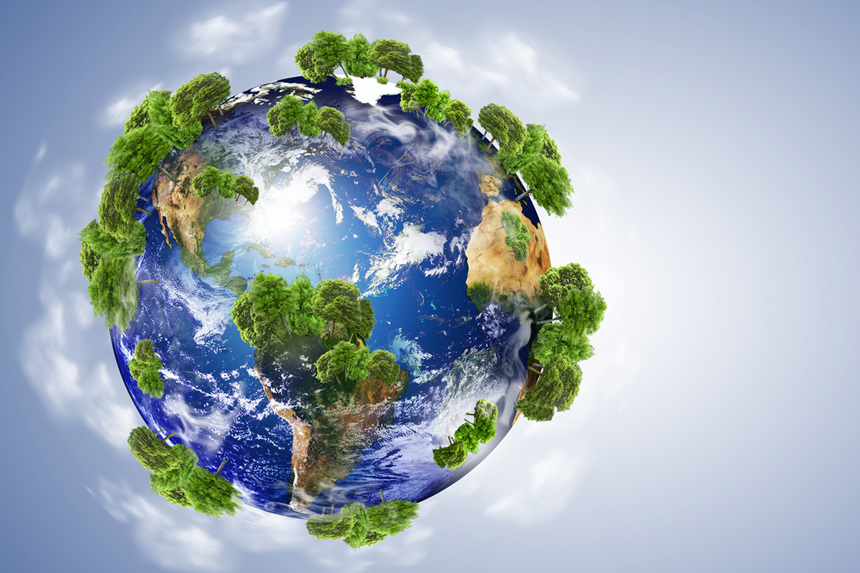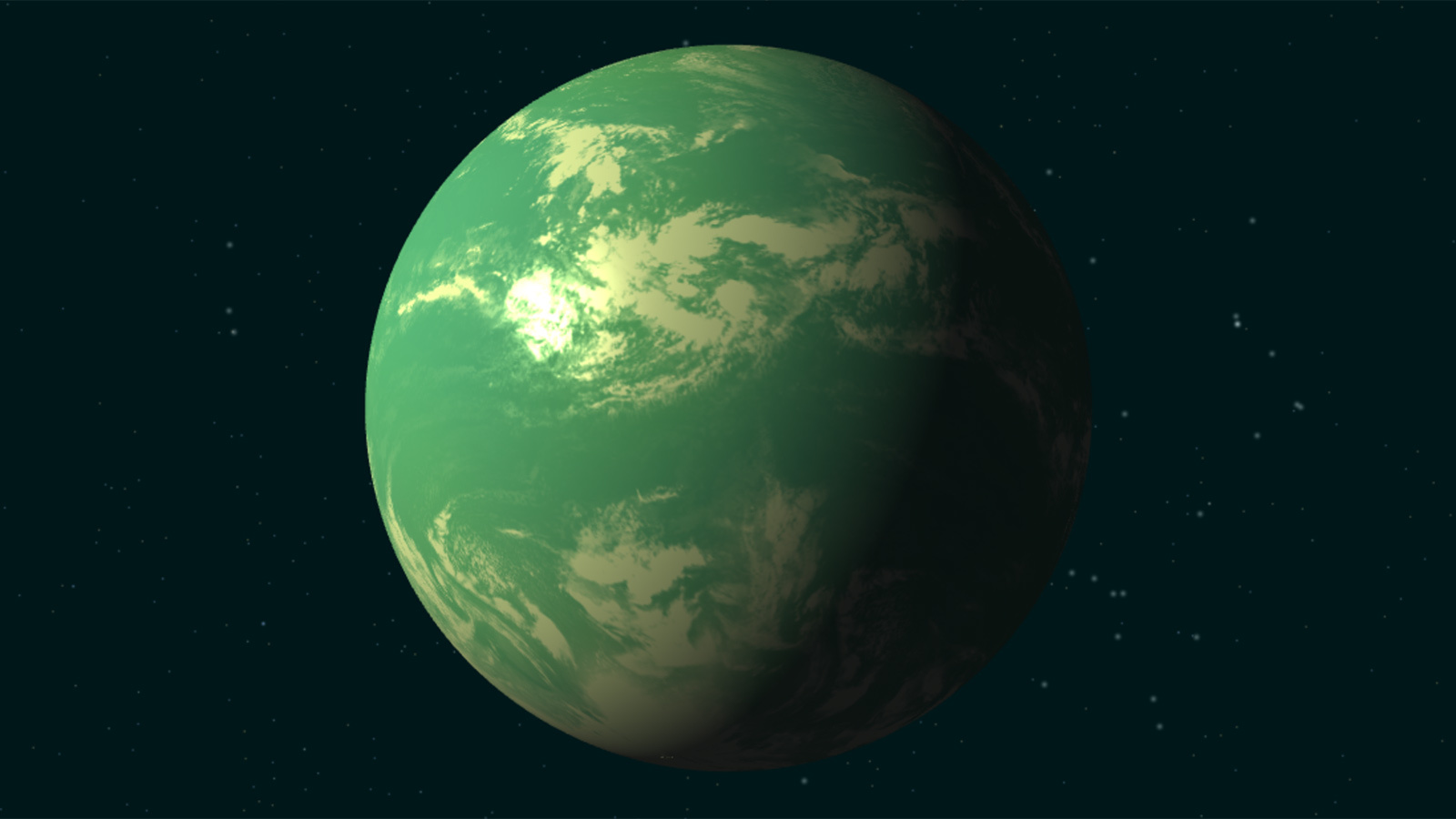The Term “Green Planet” Can Refer To Various Contexts, Including The Nickname For Earth Due To Its Abundant Green Vegetation Or A Hypothetical Planet With A Predominantly Green Appearance. Here, We’ll Explore Both Interpretations:
Earth: The Green Planet

We all live on the heavenly body, which is referred to as the earth. Although it is not a colossal body when compared to some other celestial bodies, it has that one thing which found nowhere even in the entire universe discovered to date. Can you guess it? It is our existence on earth that makes it unique and incredible.
The planet earth is the third planet from the sun, and it is the fifth-largest planet. Since it is the third planet from the sun, therefore, it falls under the category of Rocky and terrestrial planets.
Many factors distinguish this beautiful blue planet from other heavenly bodies, such as planets and stars.
The earth is also called as the green planet. You must be wondering why the earth is called the green planet? Do not worry, here we are with another piece to improve your knowledge about our mother earth.
Table of Contents [show]
Why Is the Earth Known as Green Planet?
So now, let us look at some factors because of which the earth looks green-
The Vast Vegetation
Our earth is considered a “green” planet for many reasons; vegetation is one of them. If you will look at earth from very far, on the internet or image of the earth in your textbook, you can easily notice another dominating colour apart from blue, that is green.
As mentioned earlier, it is the presence of plants, microorganisms such as algae, etcetera that make the earth a green planet.
The dense forests and the mass vegetation at the eternal side of the planet make it looks green.
Water covers though 72% of the earth’s surface, still, Astronauts say that even the entire Amazon rainforest is visible from space. Not only this, but the temperate forest of North America can also be seen from space. These plants and trees give this mesmerizing green look to the earth.
Well, we should be thankful for science and technology as we get to see such high definition pictures of the earth on the internet where you can clearly see how beautiful does this blue-green planet actually looks.
Habitable
Lush Vegetation And Breathtaking Landscapes
Earth Is Often Referred To As The “Green Planet” Due To Its Diverse Ecosystems And Extensive Green Vegetation. This Section Explores The Lush Landscapes, Forests, And Natural Wonders That Contribute To Earth’s Verdant Appearance.
Importance Of Greenery For Life
Delving Into The Significance Of The Greenery On Earth, This Section Discusses How Plant Life Plays A Crucial Role In Supporting Various Ecosystems, Providing Oxygen, And Sustaining Diverse Forms Of Life.
Conservation Efforts To Preserve Earth’s Greenery
Highlighting Ongoing Conservation Efforts, This Segment Sheds Light On Initiatives Aimed At Protecting And Preserving Earth’s Greenery. It Discusses The Importance Of Sustainable Practices And Global Cooperation To Maintain The Planet’s Ecological Balance.
Hypothetical Green Planets: Beyond Earth

Caltech researchers have found mathematical evidence suggesting there may be a “Planet X” deep in the solar system. This hypothetical Neptune-sized planet orbits our Sun in a highly elongated orbit far beyond Pluto. The object, which the researchers have nicknamed “Planet Nine,” could have a mass about 10 times that of Earth and orbit about 20 times farther from the Sun on average than Neptune. It may take between 10,000 and 20,000 Earth years to make one full orbit around the Sun.
The announcement does not mean there is a new planet in our solar system. The existence of this distant world is only theoretical at this point and no direct observation of the object nicknamed “Planet 9” have been made. The mathematical prediction of a planet could explain the unique orbits of some smaller objects in the Kuiper Belt, a distant region of icy debris that extends far beyond the orbit of Neptune. Astronomers are now searching for the predicted planet.
In Depth
In January 2015, Caltech astronomers Konstantin Batygin and Mike Brown announced new research that provides evidence of a giant planet tracing an unusual, elongated orbit in the outer solar system. The prediction is based on detailed mathematical modeling and computer simulations, not direct observation.
This large object could explain the unique orbits of at least five smaller objects discovered in the distant Kuiper Belt.
“The possibility of a new planet is certainly an exciting one for me as a planetary scientist and for all of us,” said Jim Green, director of NASA’s Planetary Science Division. “This is not, however, the detection or discovery of a new planet. It’s too early to say with certainty there’s a so-called Planet X. What we’re seeing is an early prediction based on modeling from limited observations. It’s the start of a process that could lead to an exciting result.”
The Caltech scientists believe Planet X may have has a mass about 10 times that of Earth and be similar in size to Uranus or Neptune. The predicted orbit is about 20 times farther from our Sun on average than Neptune (which orbits the Sun at an average distance of 2.8 billion miles). It would take this new planet between 10,000 and 20,000 years to make just one full orbit around the Sun (where Neptune completes an orbit roughly every 165 years).
Concept Of Hypothetical Green Planets*
In The Realm Of Astronomy And Science Fiction, The Term “Green Planet” Is Sometimes Used To Describe A Hypothetical Celestial Body With A Predominantly Green Appearance. This Section Explores The Concept Of Such Planets, Discussing Factors That Might Contribute To Their Unique Coloration.
Exoplanets And The Search For Extraterrestrial Life*
Drawing From Scientific Exploration, This Part Delves Into The Search For Exoplanets, Including Those That Might Exhibit A Greenish Hue. It Discusses The Criteria Scientists Use To Identify Potentially Habitable Planets And The Implications For The Search For Extraterrestrial Life.
Theoretical Exoplanets With Green Characteristics*
Exploring Theoretical Scenarios, This Section Considers Factors Such As The Presence Of Green Pigments In Alien Plant Life And The Potential Environmental Conditions That Could Contribute To The Green Coloration Of Exoplanets.
Earth’s Future As A Green Planet

The biological and geological future of Earth can be extrapolated based on the estimated effects of several long-term influences. These include the chemistry at Earth’s surface, the cooling rate of the planet’s interior, the gravitational interactions with other objects in the Solar System, and a steady increase in the Sun’s luminosity. An uncertain factor is the pervasive influence of technology introduced by humans, such as climate engineering,[2] which could cause significant changes to the planet.[3][4] For example, the current Holocene extinction[5] is being caused by technology,[6] and the effects may last for up to five million years.[7] In turn, technology may result in the extinction of humanity, leaving the planet to gradually return to a slower evolutionary pace resulting solely from long-term natural processes.[8][9]
Sustainability And Green Initiatives For Earth’s Future*
Looking Ahead, This Part Discusses The Role Of Sustainability And Green Initiatives In Shaping Earth’s Future. It Explores The Importance Of Environmentally Conscious Practices To Ensure That Earth Continues To Thrive As A Green Planet.
Challenges And Solutions For Environmental Conservation*
Addressing Environmental Challenges, This Segment Outlines Potential Solutions And Innovative Approaches To Overcome Threats To Earth’s Greenery. It Emphasizes The Collective Responsibility Of Individuals, Communities, And Nations In Safeguarding The Planet’s Natural Resources.
Conclusion: Nurturing The Green Planet
In Conclusion, Whether As A Nickname For Earth Or In The Context Of Hypothetical Celestial Bodies, The Concept Of A “Green Planet” Carries Rich Significance. Earth, With Its Vibrant Ecosystems And Lush Landscapes, Exemplifies The Beauty Of A Green Planet. As Stewards Of This Unique Celestial Home, It Is Imperative To Cherish, Protect, And Sustain The Greenery That Makes Our Planet A Thriving And Diverse Haven For Life.
